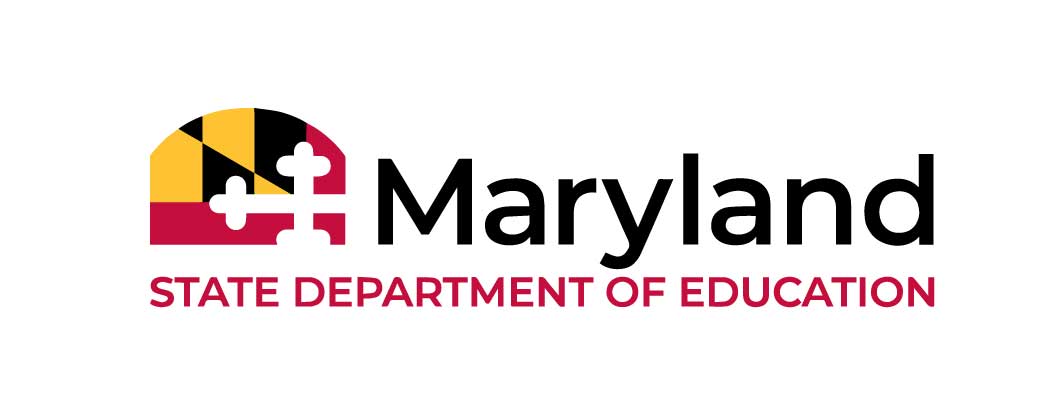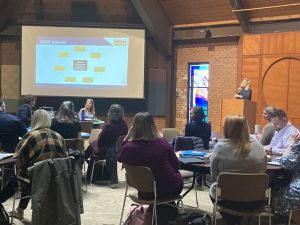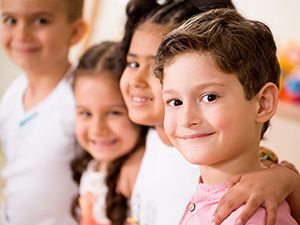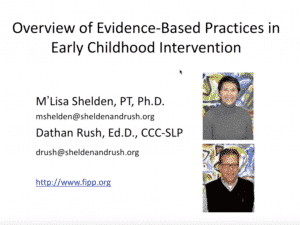Preschool Special Education Services
Preschool services for children receiving special education and related services through an IEP must be provided in the Least Restrictive Environment (LRE). The LRE is the setting in which a child with a disability receives a Free Appropriate Public Education (FAPE) while being educated with peers without disabilities, to the maximum extent appropriate. A child would only go to more restrictive or specialized settings when their individual needs require it. The LRE setting or placement where a child receives these services must be as close as possible to his/her home.
The determination of whether an early childhood setting for a preschool through kindergarten age child is the “least restrictive” is based on:
- Early childhood settings available for children without disabilities of the same chronological age
- Whether the IEP services can be implemented in that setting
- Appropriate access to and meaningful involvement in the local school system’s early learning curriculum
- Opportunity for meaningful interactions with peers without disabilities
When a child with a disability is receiving services through an IEP and is below mandatory school age, an early childhood educator who is experienced in teaching children without disabilities of the same age should be included on the IEP team. The role of this educator is to help identify appropriate positive behavioral interventions, program modifications and supplementary aids and services, as needed, in order for the child to have meaningful participation in that setting, with access to age-appropriate curricula and learning opportunities.
Self-contained special education classes, separate schooling, or other removal of a student with a disability from the early childhood setting occurs only if the nature or severity of his/her disability is such that participation in these settings, with the use of supplementary aids and services, cannot be satisfactorily achieved.
Preschool special education and related services can be provided anywhere in the community:
- General education preschool program
- Preschool special education class
- Judy Center
- Approved private preschool
- Child care center
- Head Start
- Local Library
- Other settings in the community where young children typically spend time
A self-contained special education setting as the placement option cannot be based solely on any one factor such as:
- Category of a child’s disability
- Significance of the child’s disability
- Language and communication needs
- Needed modifications in the general curriculum
- Lack of experience participating with typical peers
- Configuration of the public agency’s delivery system
- Availability of space or educational or related services
- Administrative convenience
A child with a disability is never removed from a community early childhood setting solely because of needed modifications in the early learning curriculum or activities. Nor can placement decisions be based on a generalized statement (e.g., “We think a child with this disability would do better in a self-contained setting.”). When an IEP team determines that a child cannot be educated in a community early childhood setting, specific reasons for that decision must be documented.
The following must be included in the justification:
- An explanation of why services cannot be delivered in a community early childhood setting with the use of supplementary aids, services, program modifications and other supports, as needed.
- A description of the extent to which the child will NOT participate with peers without disabilities in age-appropriate early childhood activities, including meals, recess, and other services available to all children in the setting.








